
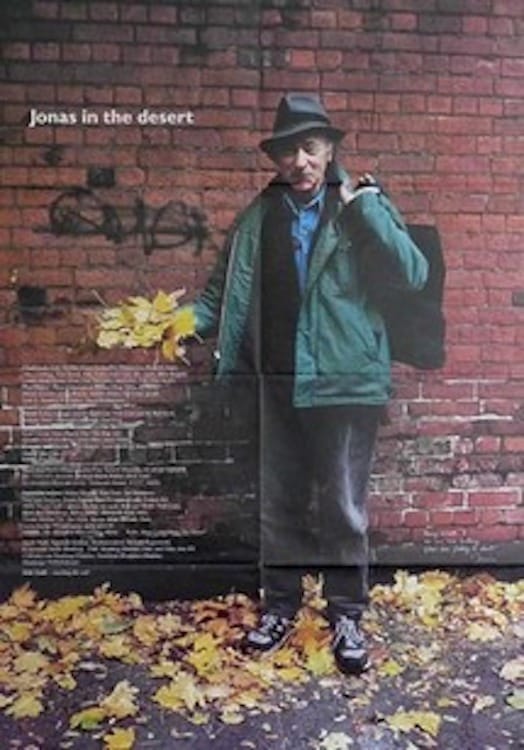
Not a documentary in the strictest sense of the word. Rather, it is a journey through the world of the artist Jonas Mekas - one of the exponents of independent U.S. movies; founder and director of the New York Anthology Film Archive.
A dystopian future in which bodily contact is taboo and all children are conceived artificially. As a result, allergies are out of control and flowers are considered poisonous. Amidst this chaos, one couple decides to have a baby the old fashioned way and it causes an uproar.
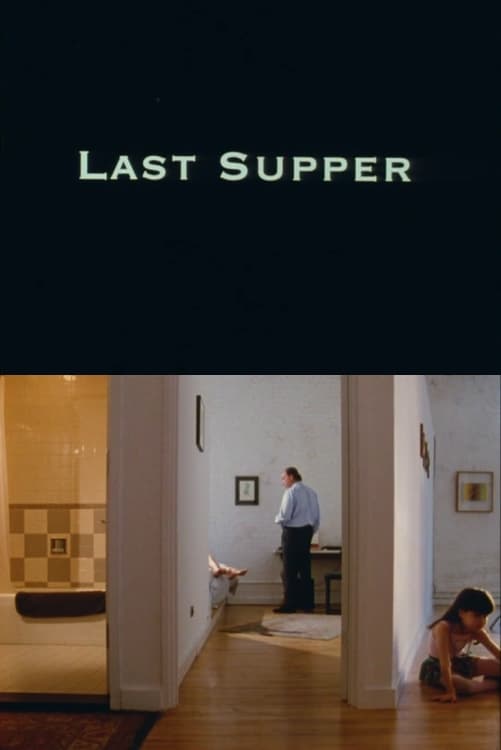
In an empty lot in Harlem, an elite group of New Yorkers prepares for a book-signing party given in honor of a writer who never shows up. Local residents, dealing with the practicality of life, look on as the guests obsess about identity, status, and success.
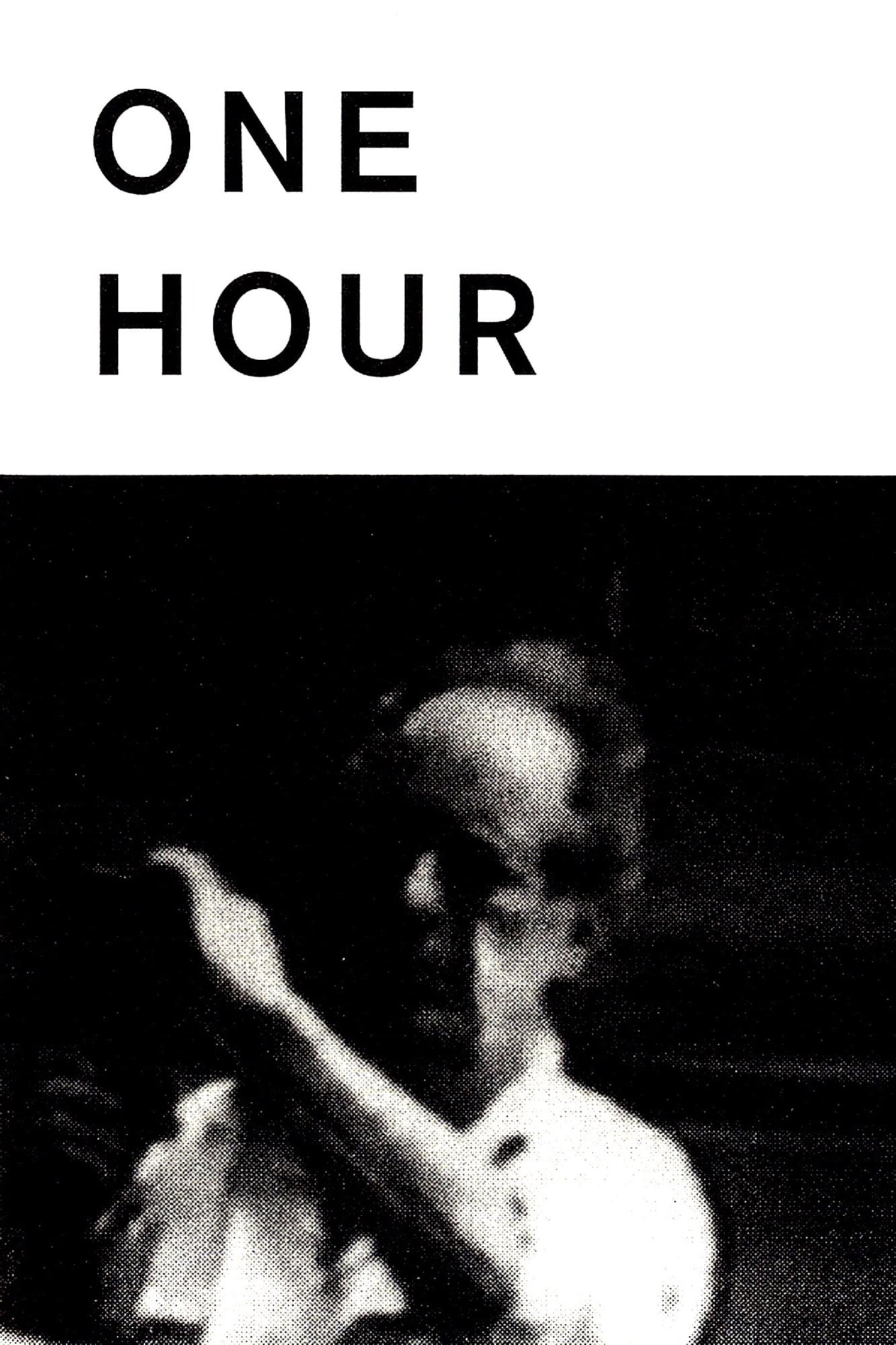
One of the longest handheld tracking shots in film history, It’s Real documents an hour in the street life of downtown Manhattan. Not only is it a unique record of a particular time and place—July 26, 1990, from 3:45 to 4:45 p.m. in the Lower East Side near Robert Frank’s studio (we note in a Daily News headline that after some 20 years the Zodiac killer still hasn’t been identified)—it’s also an experiment in fragmentary language, gesture, and life caught unawares. Snippets of dialogue captured in passing at phone booths and crosswalks, in alleyways, subways, and diners—chance encounters, only presumably, with people going about their day—have something of the aleatory cut-up technique of the Dadaists in the 1920s and William Burroughs and Byron Gysin in the 1950s, an effort to divine new and deeper meanings in ordinary life. — Museum of Modern Art
Michael Keenan's film Rain takes us in from the main title to the payoff of its namesake. The heat and the throbbing music provide the indolent rhythm of the troubled life of Alex the cabdriver. The story is simple: New York as Hell. The noise, the sensory intrusions and the blistering heat don't stop those who can't leave from going about their business, forcing them into their own worlds sometimes to extreme degrees. Alex keeps moving, her taxi as metaphor, and waiting. Waiting is an active verb here. The sound effects, score, and chaotic images of New York captured by Robert LoScalzo come alive as the workings of Alex's interior anguish as well as the real exterior of the City.
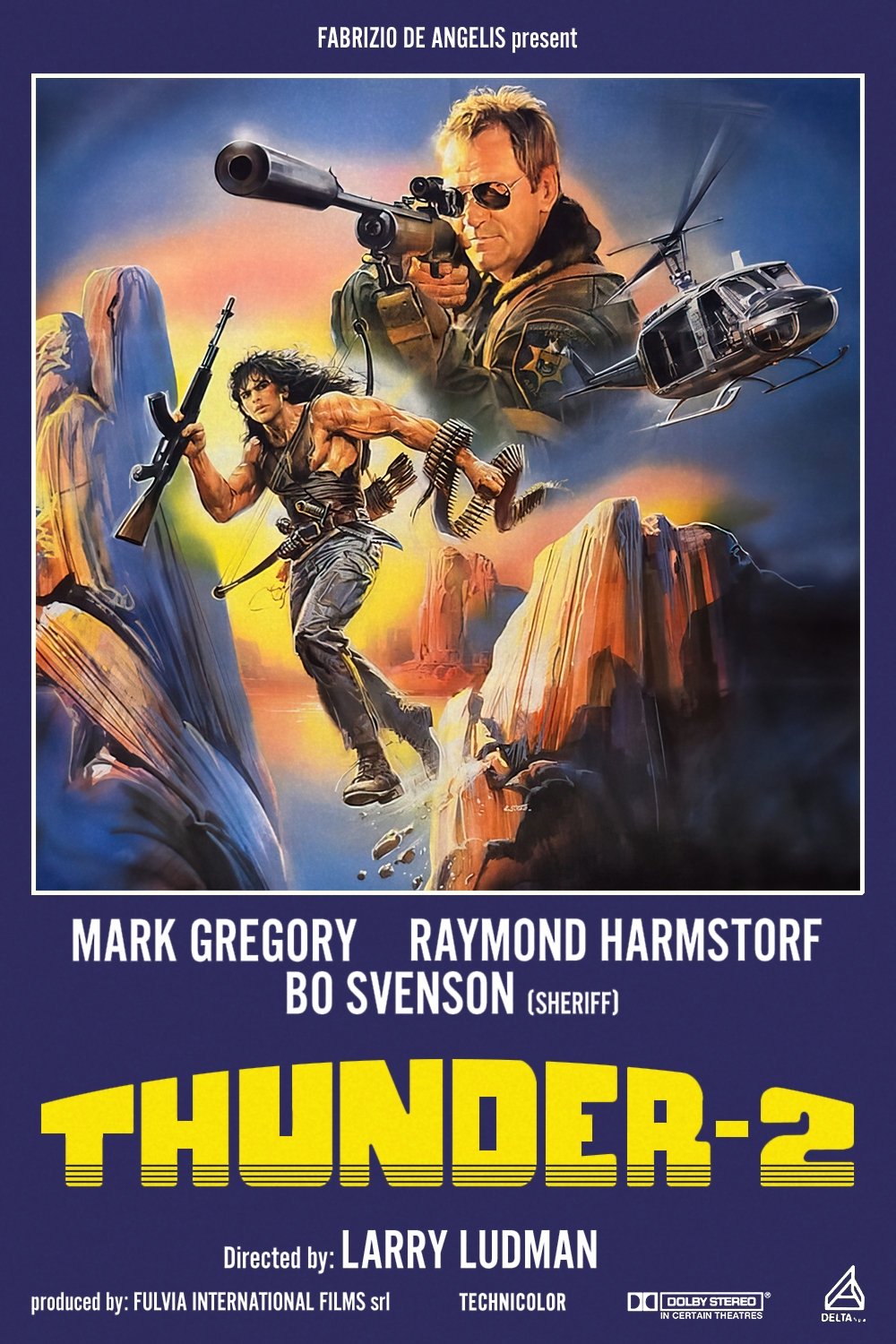
Indian sheriff Thunder is transferred to a small town in the desert. He learns that the corrupt deputy is paid by the drug mob. To protect himself, the deputy sets a trap for Thunder and gets him convicted as dealer. Thunder manages to break out of the brutal prison camp and takes bloody revenge. However he cannot sufficiently protect his pregnant wife.
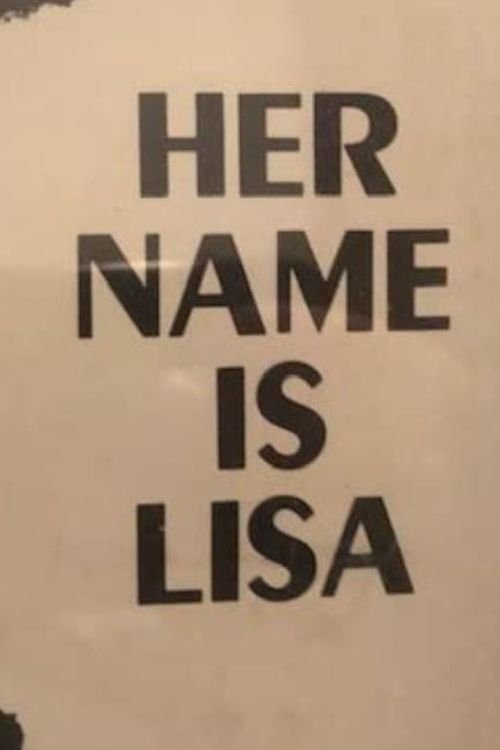
A Vermont farmer searches New York City for his dream girl, with his gay neighbor as his guide.

A series of short films by Richard Kern: Stray Dogs, Woman At The Wheel, Thrust In Me, & I Hate You Now.
William Rice was a member of the avant-garde art scene in the East Village in New York City for many years. A painter, film actor, and an unaffiliated scholar, Bill Rice was one of the central figures in the various bohemian enclaves that gathered and overlapped in the Lower East Side of the 1960s.
By browsing this website, you accept our cookies policy.